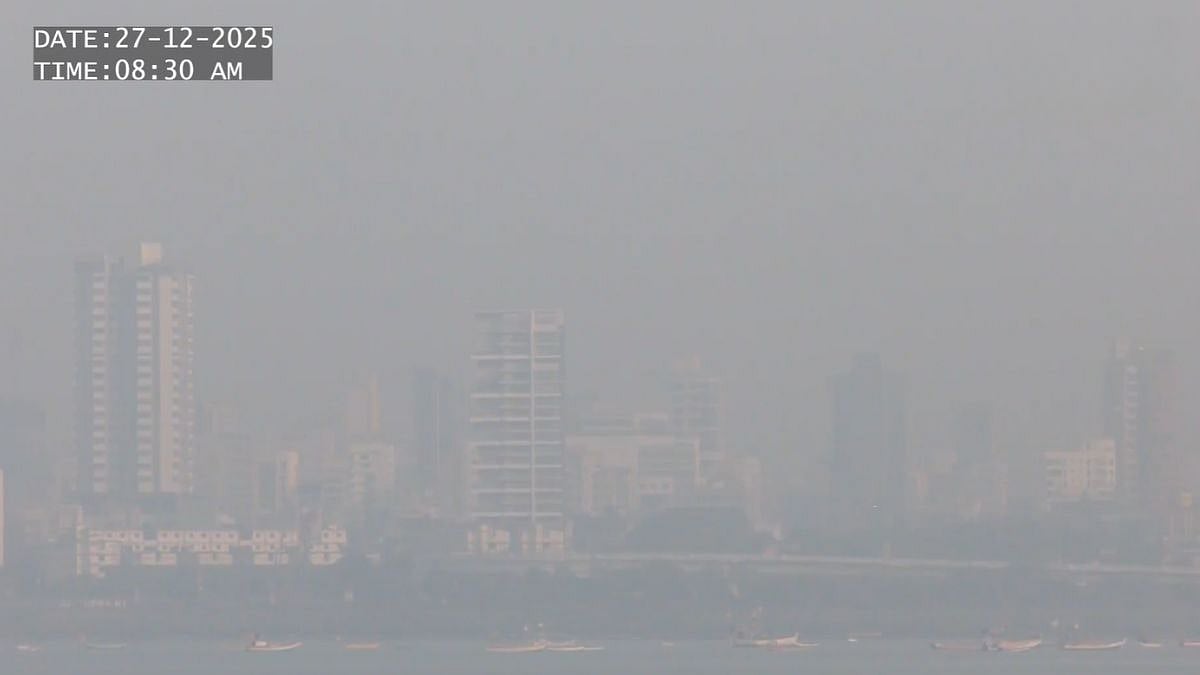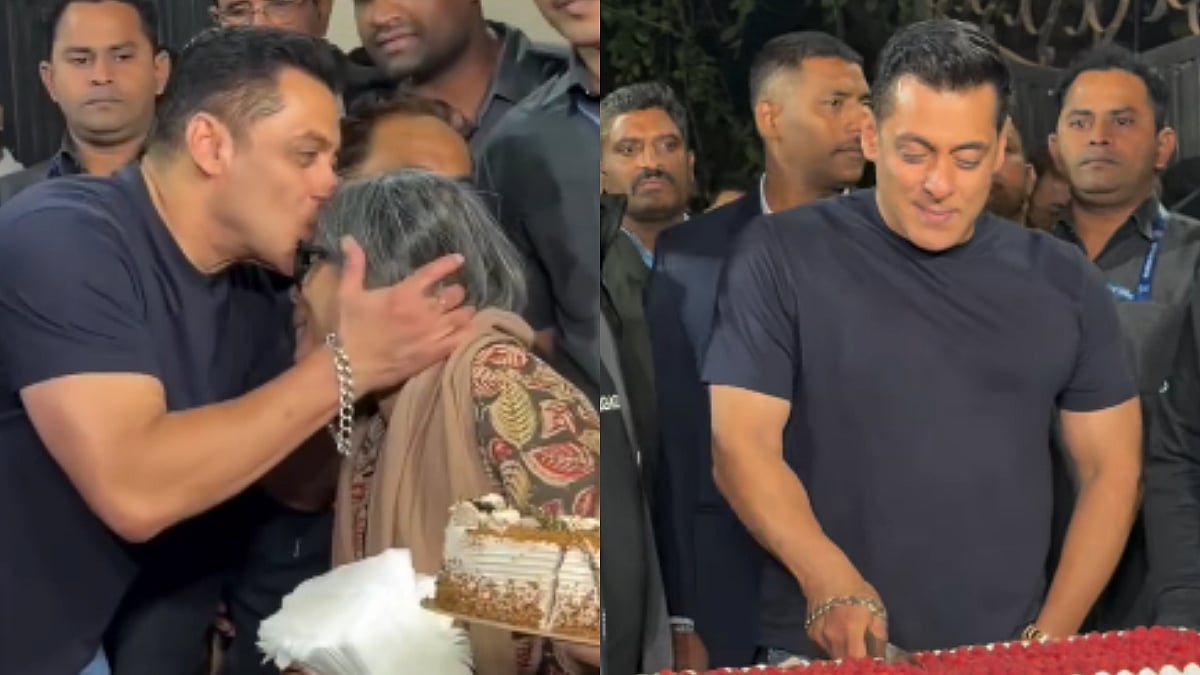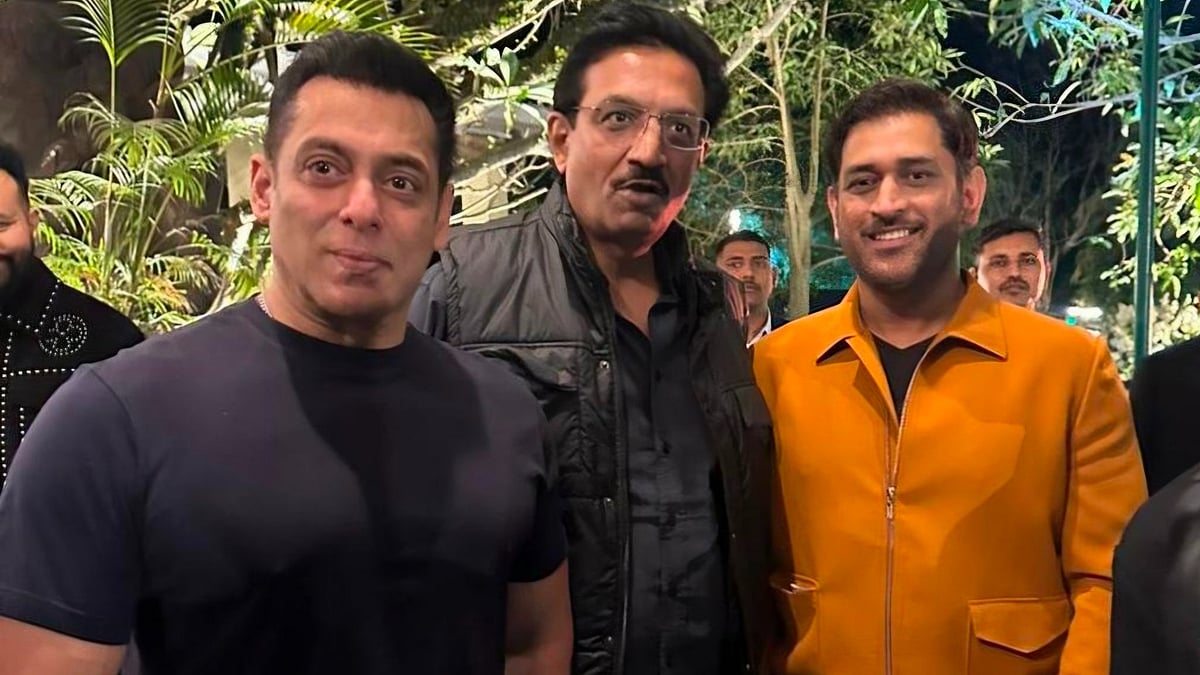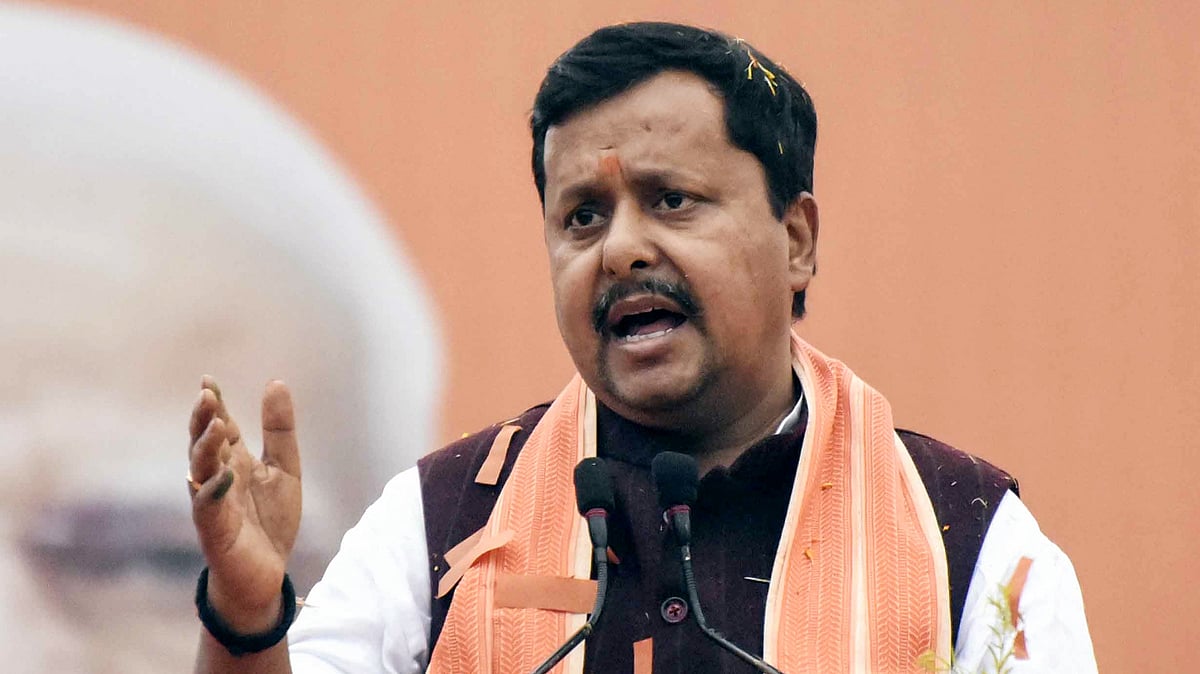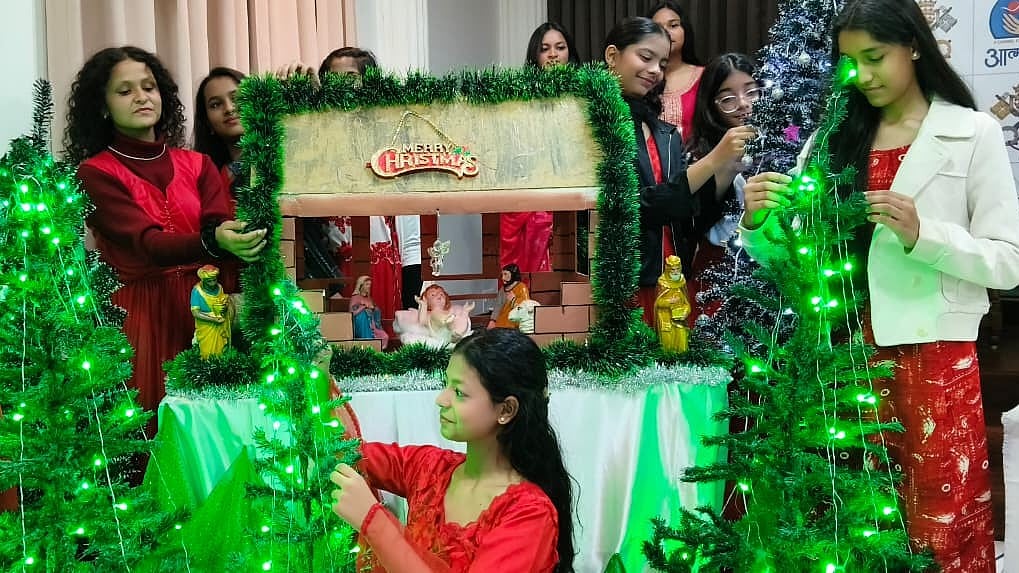The World Health Organization (WHO) designates an adolescent as someone between the ages of 10 to 19 years. This is a critical transitional stage — with major physiological changes such as the attainment of puberty, and emotional changes such as the development and exploration of gender and sexual identities and orientations, manifesting themselves in the lives of young people. Adolescents are often intrigued by their bodily changes. With these changes, adolescents may also exhibit considerable amount of struggle for autonomy and engagement in risky health behaviours. There is a strong and undeniable need for education on sexuality and healthy lifestyles for this age group.
Human sexuality comprises the physical aspects of knowledge, attitudes, values, experiences, and preferences of individuals regarding sex. One scientific study among school-going adolescents in Pune revealed that though they lack adequate knowledge on matters related to human sexuality, yet up to 22% boys and 5% girls had had sex. Several phenomena like menstruation, masturbation, nocturnal emission, premarital sex, and pregnancy often are misunderstood by these adolescents. Risky sexual behaviours and lack of knowledge on sexuality-related topics are among the leading problems most associated with mortality, morbidity, and social ailments in adolescents. Lack of knowledge about sexuality in adolescents exposes them to risk factors like sexually transmitted infections (STIs), teenage and unwanted pregnancies, issues related to menstrual health and hygiene, and emerging issues in child and adolescent sexuality. These factors should be dealt with under sex education in schools.
During one of the sex education sessions in one school an adolescent confessed to me that he gets aroused by intimate scenes while watching movies, and he tries to see such scenes again and again. This was normal bodily excitement and curiosity. But the shocking thing he told me is that he thinks of easing these feelings by availing of a paid sex service. The poor lad was not aware of the fact that such risky behaviour has a lot of detrimental health effects and may give rise to sexual issues in later life. I am glad that I could guide him to healthy sexual expression.
Risky sexual behaviour and misconceptions makes adolescents particularly vulnerable to physical and mental health ailments. Of all the cases of HIV in India, a major proportion (more than one in four) is seen in younger individuals due to risky sexual behaviours such as unprotected sex and multiple sexual partners. According to the National Family Health Survey of India, only 36% of male and 20% of female adolescents have comprehensive knowledge of HIV/AIDS. There are other sexually transmitted diseases which are of equal importance, like genital herpes, syphilis, gonorrhoea etc. Adolescents’ knowledge and awareness about human sexuality could possibly prevent and alleviate the burden of STIs.
Another area of concern is pregnancy among teenagers, which jeopardises their physical health and has long-term mental health consequences. According to national estimates, almost one in six pregnancies in India is reported by women in the age group of 15-19 years. Several regional studies in India have also estimated the rates of teenage or early pregnancy to be in the range of 5% to more than 30%. These estimates could well be the tip of the iceberg. There are pregnancies in adolescent girls that are aborted or not reported, and there are adolescent females at perennial risk of early or unwanted pregnancy. Would sex education not help them?
Menstrual health of adolescent females is a fairly well-researched and reasonably explored area of child sexuality in the Indian context. There is still, however, a widespread lack of knowledge about menstruation (including information on anatomy and physiology); clouding of perceptions by religious, cultural, and social taboos/myths; need for education on menstrual hygiene practices; and a need for resources (eg water and sanitary pads) to promote menstrual health and hygiene.
Many of the emerging issues of child and adolescent sexuality could be a result of the changing values/norms of Indian society (eg Westernisation). Prominent examples are child pornography, prostitution, child sexual abuse and poor parenting, adolescent dating violence or intimate partner violence, body image disorders, rape and abortion, female foeticide and psychosexual disorders, homosexuality, masturbation and pornography consumption by adolescents. In recent times, there has been a fair amount of research on sexual behaviour and attitudes of adolescents in India. Studies have examined views about puberty and infertility; age at first sexual intercourse and engagement in premarital sex; number of sexual partners and emergency contraception, substance use and attitudes about sexual behaviours and virginity.
Education about all these factors remove myths about masturbation and fear of wet dreams in boys, and impart knowledge about menstruation and hygiene in girls. It educates about acceptance of bodily changes and body parts. Thus it helps to reduce the emerging anxiety and depression out of body shaming and many sexual myths. Very importantly it addresses the concept of consent and mutual respect to the partner. Nowadays I see a lot of adolescent boys as well as girls consuming pornography. Their sexual knowledge is coming out of the internet and social media. Another source is senior boys and girls who are equally ignorant. This leads to lots of myths, and can give rise to difficulties in emotional and sexual health.
Hence, sex education in schools is the need of the hour. But public discussions on this topic are frequently fuelled by religious, social, and cultural values, while receiving scant scientific attention. Interestingly, not only have Indian children expressed a need for sexuality education, but in many studies, they have also expressed preferred channels for delivery of sexuality education. Family physicians, parents, and schools remain popular choices as sources of information and agents for delivering education about sexuality.
(Dr Shailesh Umate is a consultant psychiatrist, sexologist and addiction specialist, whose mission is spreading awareness about mental health and well-being)

